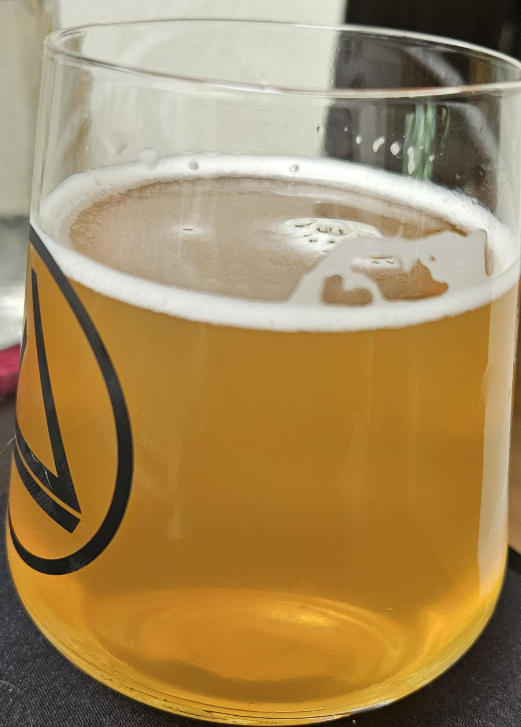- Joined
- Nov 26, 2021
- Messages
- 69
- Reaction score
- 271
My process is strictly ferment, loose dry hop and serve from same keg (13.5 g Kegmenter or 5 g corny) with floating dip tube. After fermentation, will soft crash to 50F for minimum of 2 days (possibly longer depending when dry hops are added). For DH, I open lid (with low volume of gas on) dump hops and purge. Keep DH for 2-3 days at 50F, then cold crash to serving temp and carbonate. This method limits oxygen exposure and is simple.
I‘m interested in @ihavenonickname use of a purged hop bong and may explore that. Also plan to trial closed transfer after fermentation to second DH and serve keg similar to @wepeeler. I noticed @BongoYodeler comment about transferring to a 3rd keg for serving. That may be something to look at down the road. For $80, I might even try @Dgallo set-up.
My brew list is mostly NEIPA’s because that’s what I like to drink. I do have a Peroni clone that will be first tapped today (a friend asked for that one). Next up will be a modern west coast IPA, based on suggestions from @ihavenonickname on a different thread.
I have gained a ton of very useful information from this thread. Thanks to all for your contributions and help.
I‘m interested in @ihavenonickname use of a purged hop bong and may explore that. Also plan to trial closed transfer after fermentation to second DH and serve keg similar to @wepeeler. I noticed @BongoYodeler comment about transferring to a 3rd keg for serving. That may be something to look at down the road. For $80, I might even try @Dgallo set-up.
My brew list is mostly NEIPA’s because that’s what I like to drink. I do have a Peroni clone that will be first tapped today (a friend asked for that one). Next up will be a modern west coast IPA, based on suggestions from @ihavenonickname on a different thread.
I have gained a ton of very useful information from this thread. Thanks to all for your contributions and help.












![Craft A Brew - Safale BE-256 Yeast - Fermentis - Belgian Ale Dry Yeast - For Belgian & Strong Ales - Ingredients for Home Brewing - Beer Making Supplies - [3 Pack]](https://m.media-amazon.com/images/I/51bcKEwQmWL._SL500_.jpg)














































